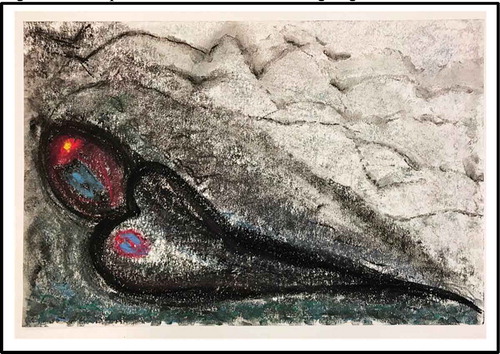Figures & data
Table 1. Difference in outcomes by gender
Table 2. Participant perceptions of the art therapy
Table 3. Differences in the extent to which symptoms were addressed in short vs. longer-term art therapy
Figure 1. Example of a Marine’s work in Level 1 art therapy groups
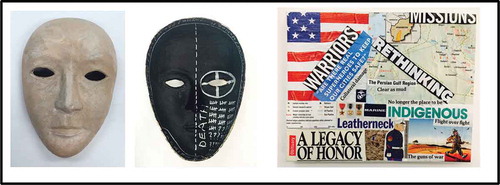
Figure 2. Example of a Marine’s work in Level 2 art therapy groups
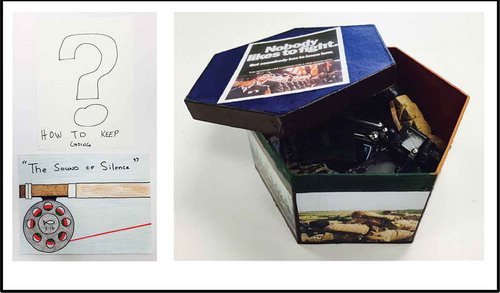
Figure 3. Example of a Marine’s work in ongoing individualized art therapy
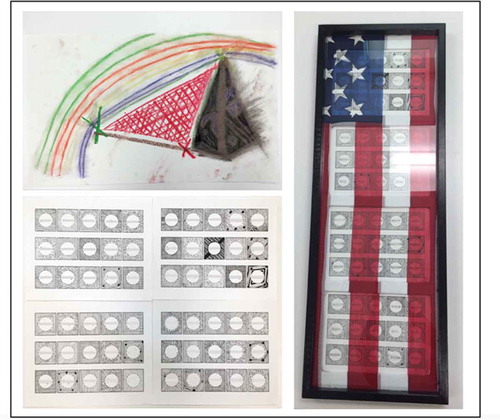
Figure 4. Example of a Soldier’s work in Level 1 art therapy groups
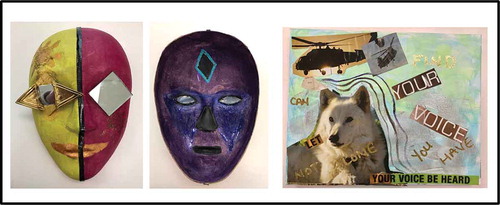
Figure 5. Example of a Soldier’s work in Level 2 art therapy groups
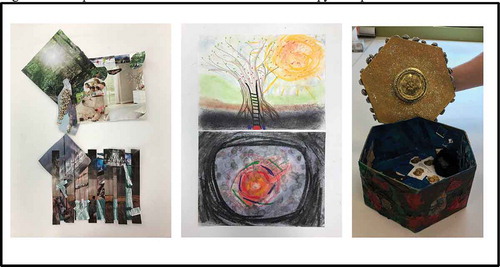
Figure 6. Example of a Soldier’s work in ongoing individualized art therapy
